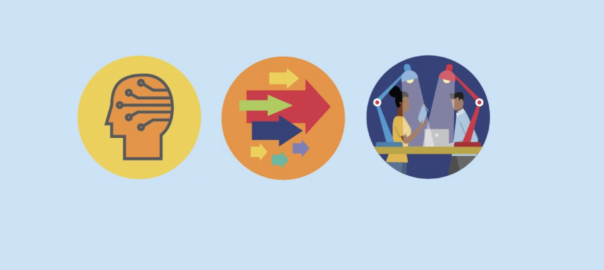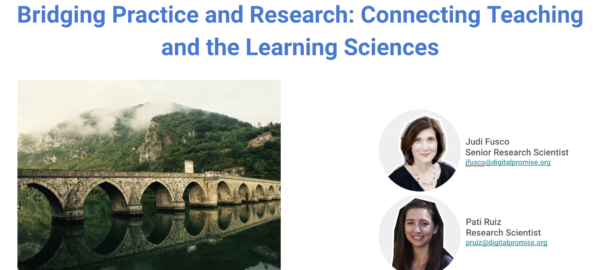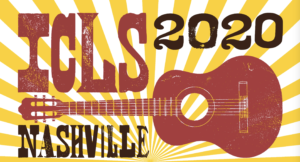By CIRCL Educators
CIRCL, the Center for Innovative Research in Cyberlearning, has come to an end, but don’t worry, we’re getting ready to roll over to a new project called CIRCLS, the Center for Integrative Research in Computing and Learning Sciences. Stay tuned here and we’ll keep you apprised of any changes. Of course we’ll still be working to bridge practice and research and share what CIRCLS is doing and what we, as educators, are thinking about and facing in our work. If you’d like to get more involved with our work, please contact us! We’re looking for more educators to think and write with.
In the meantime, before we transition to CIRCLS, we want to dive into the final report from CIRCL. In it, we reflect on what we’ve learned since 2013 when CIRCL started. The world and technology have both changed quite a bit. Over the years, CIRCL worked with the approximately 450 projects funded by the National Science Foundation through their Cyberlearning program. The term Cyberlearning is a hard word to grasp, but the program and the projects in it were about using what we know about how people learn and creating new design possibilities for learning with emerging technology. In addition, in a 2017 report, we noted a strong commitment to equity in the CIRCL community. That commitment continues and is discussed in our final report with recommendations for future work to strengthen this important theme.
One thing we were struck by, in the review of the projects, was that there were many innovative designs to enhance learning with technology. As we tried to categorize the projects, we noticed that most contained combinations of multiple technologies, learning theories, and methods. While this may sound confusing, these combinations were purposefully designed to help augment learning and deepen our understanding of the technologies and how people learn. We looked for a term to use to explain this phenomenon and couldn’t find one, so we came up with a new one: Ambitious Mashups. In addition to the importance of mashing things up, the report also discusses:
- Artificial intelligence and Learning
- Learning Theories
- Research Methods
- Out-of-school-time Learning
- Trends at NSF and Beyond
- Recommendations for the Future
Next week, we’ll be part of a webinar and talk through the different sections of the report. The webinar welcomes practitioners who want to learn more about research on emerging technologies from NSF-funded projects. While the projects aren’t always ready for use in a school today they offer ideas for new projects and new ways to think about how to use technology to support learning. The ambitious mashup projects think about learning in different ways and show how grounding activities in what we know about how people learn can help meet learning goals and outcomes. Ambitious mashups are usually exciting and give new ideas. CIRCL Educator Sarah Hampton says CIRCL reports can “help you get excited about the future landscape of education.”
We invite you to join us to learn more about Ambitious Mashups and Reflections on a Decade of Cyberlearning Research Webinar
Date: 10/28/2020
Time: 4 pm Eastern / 3 pm Central / 1 pm Pacific
Register






